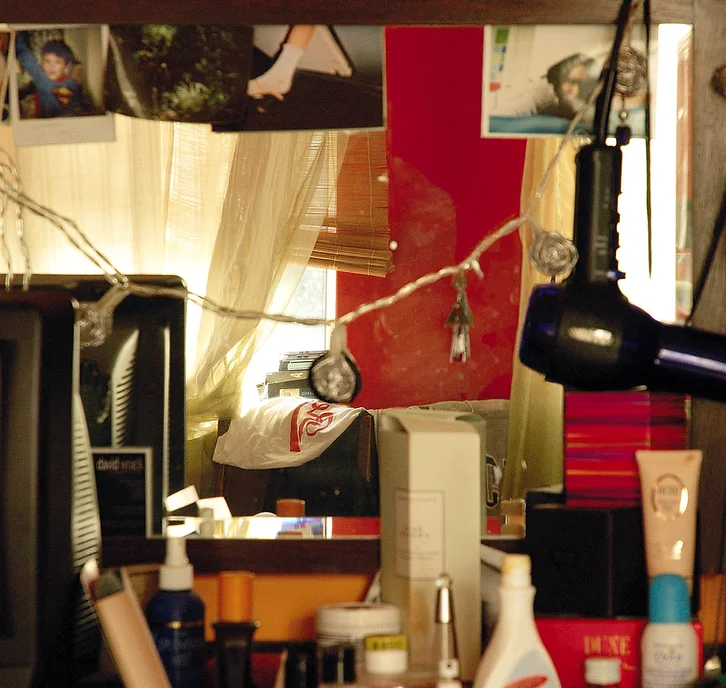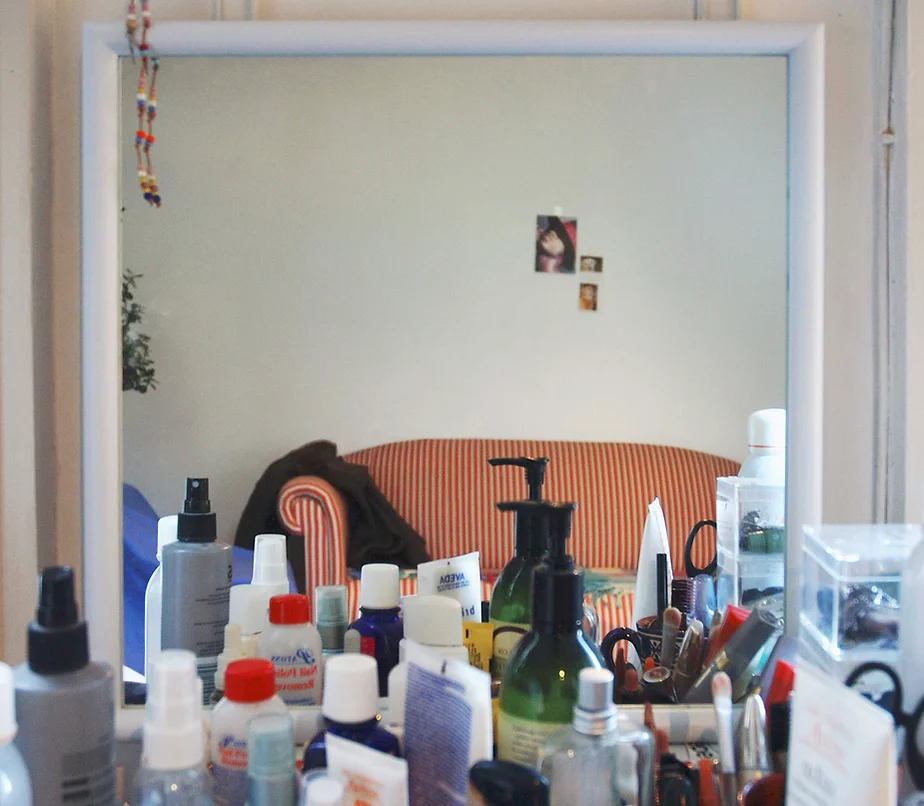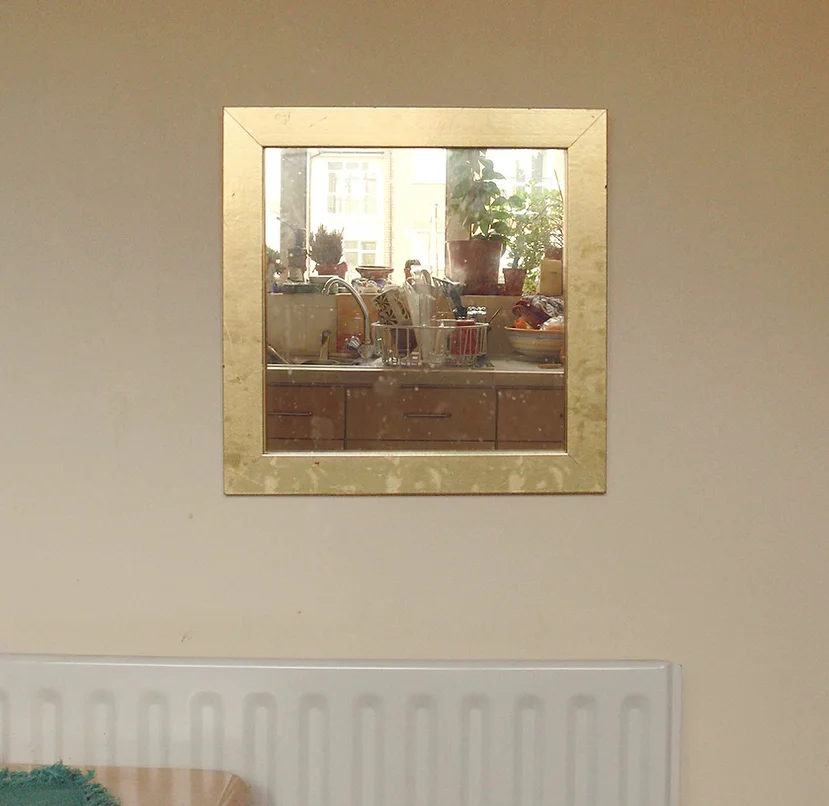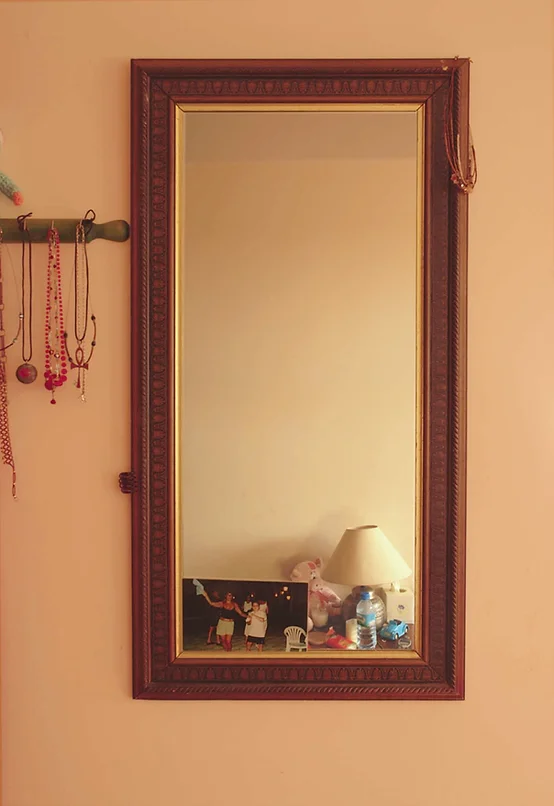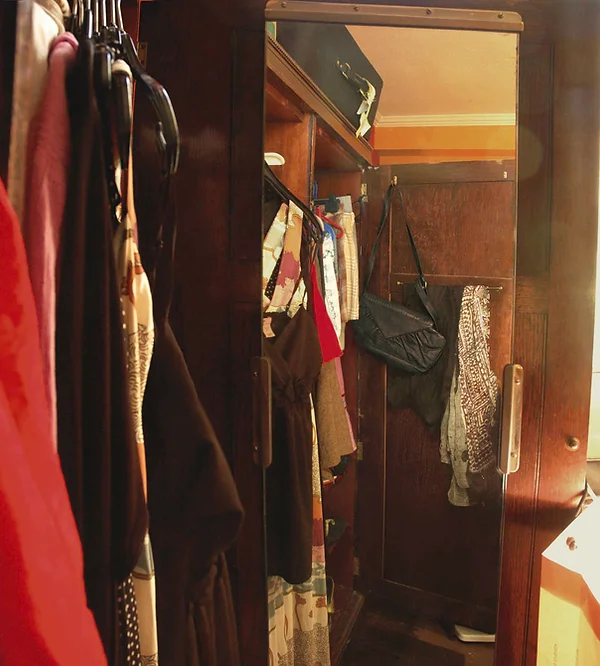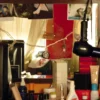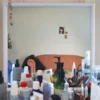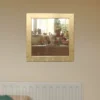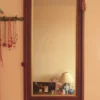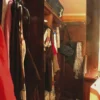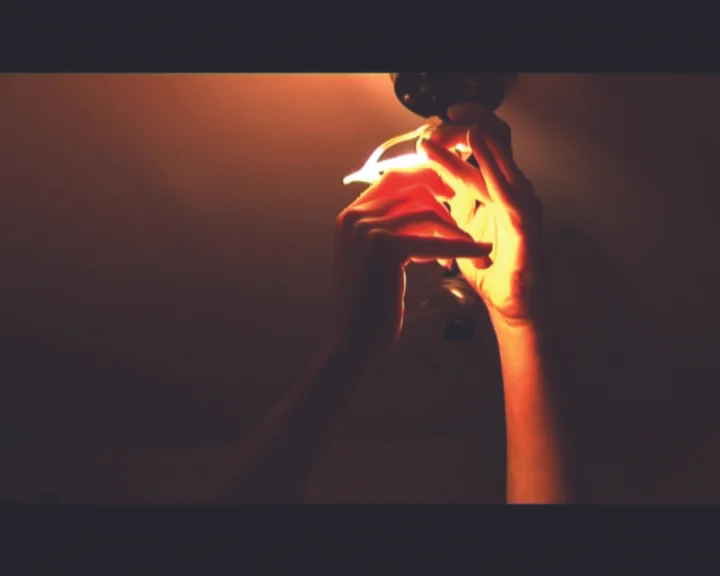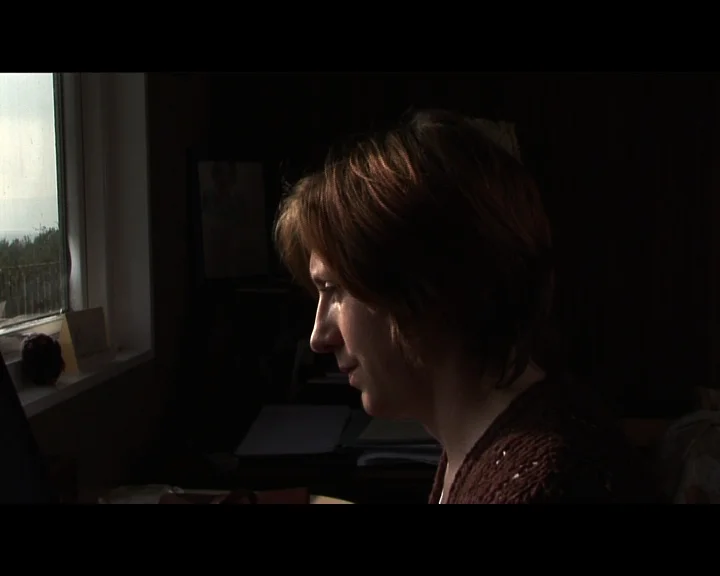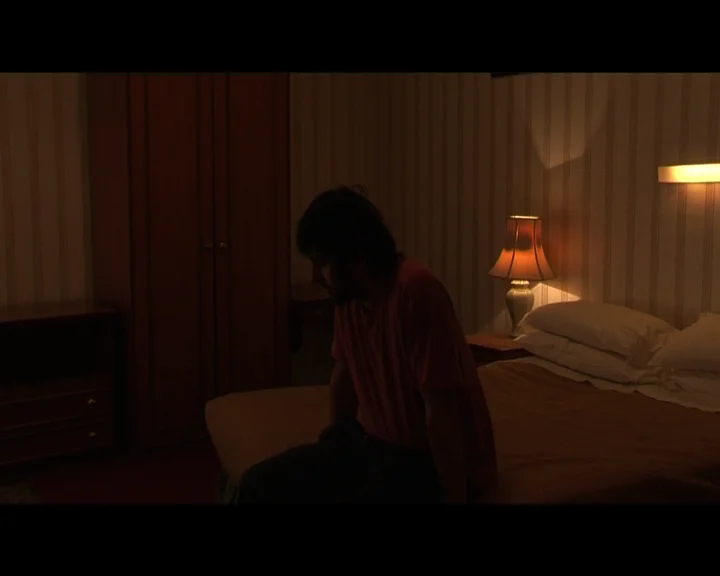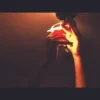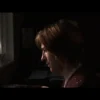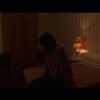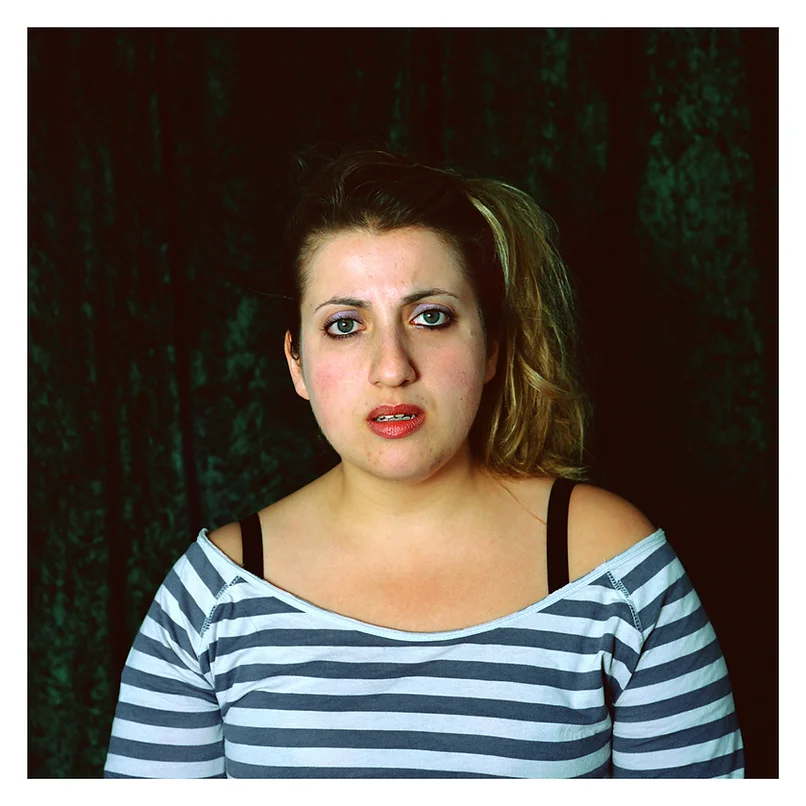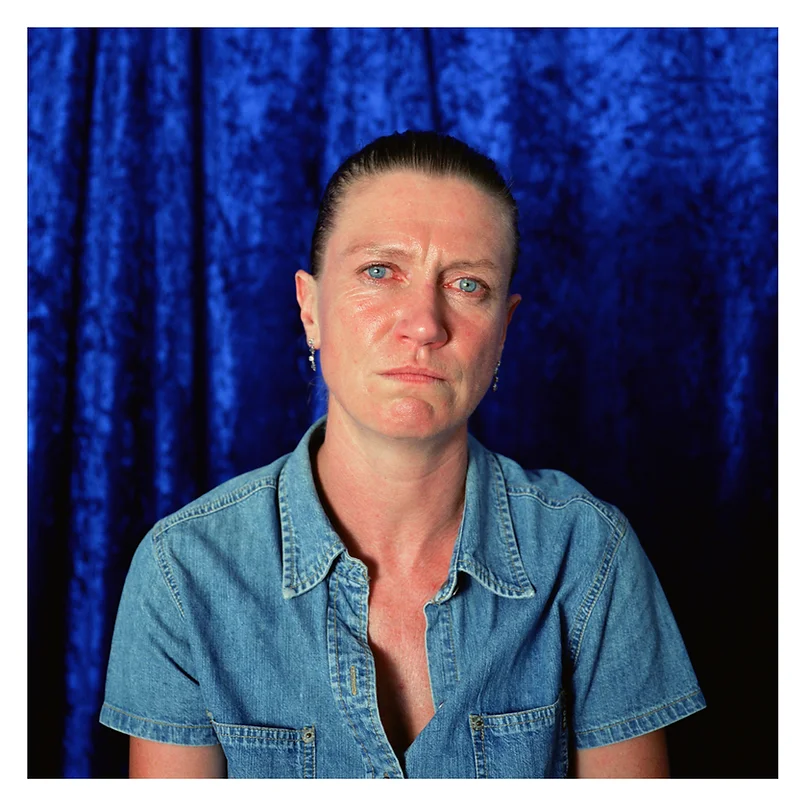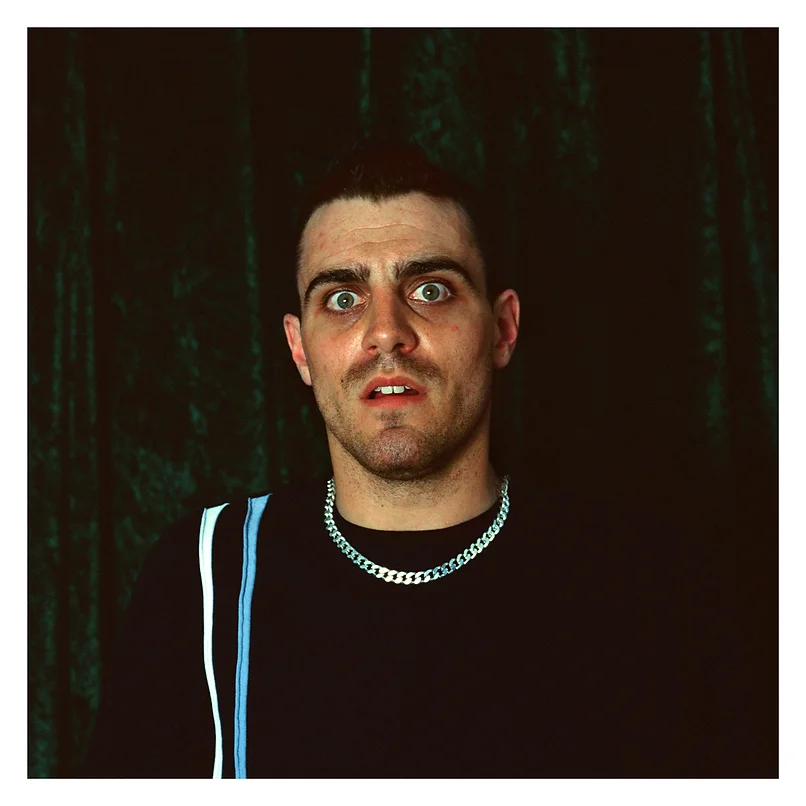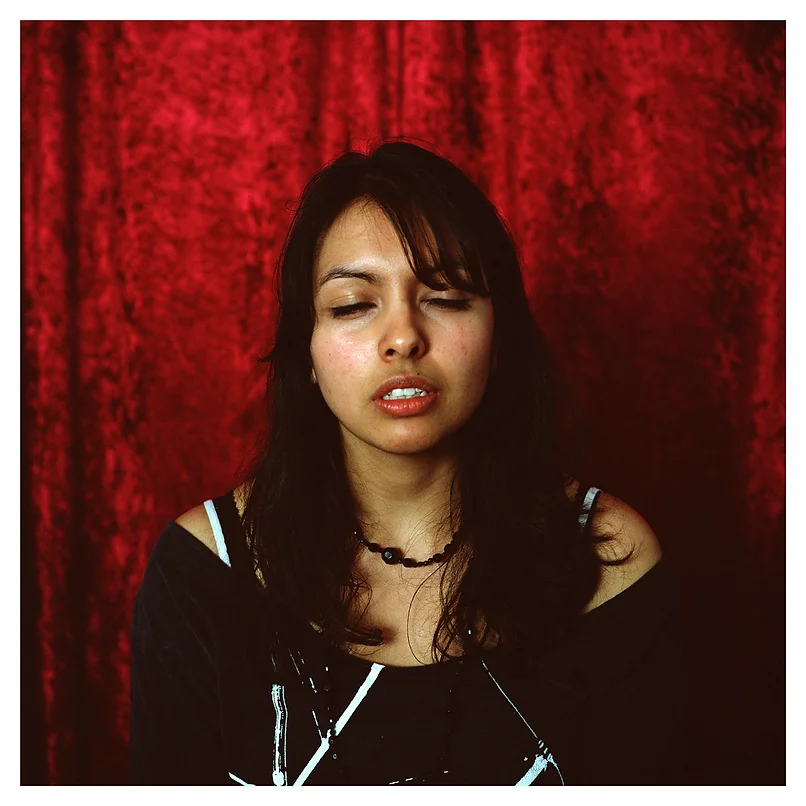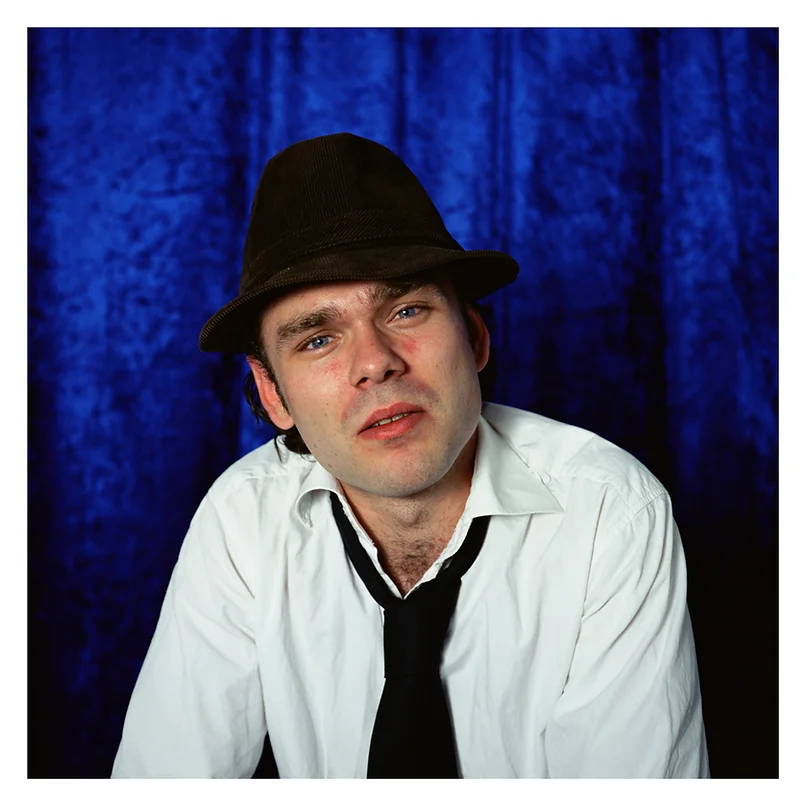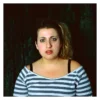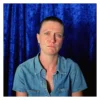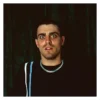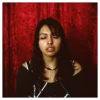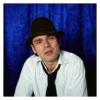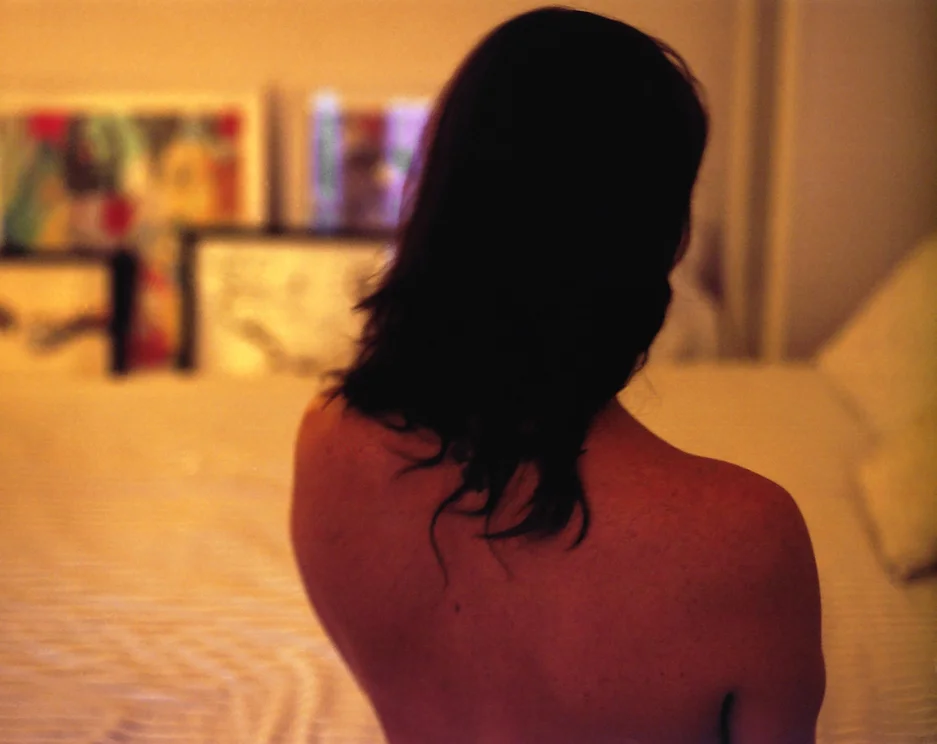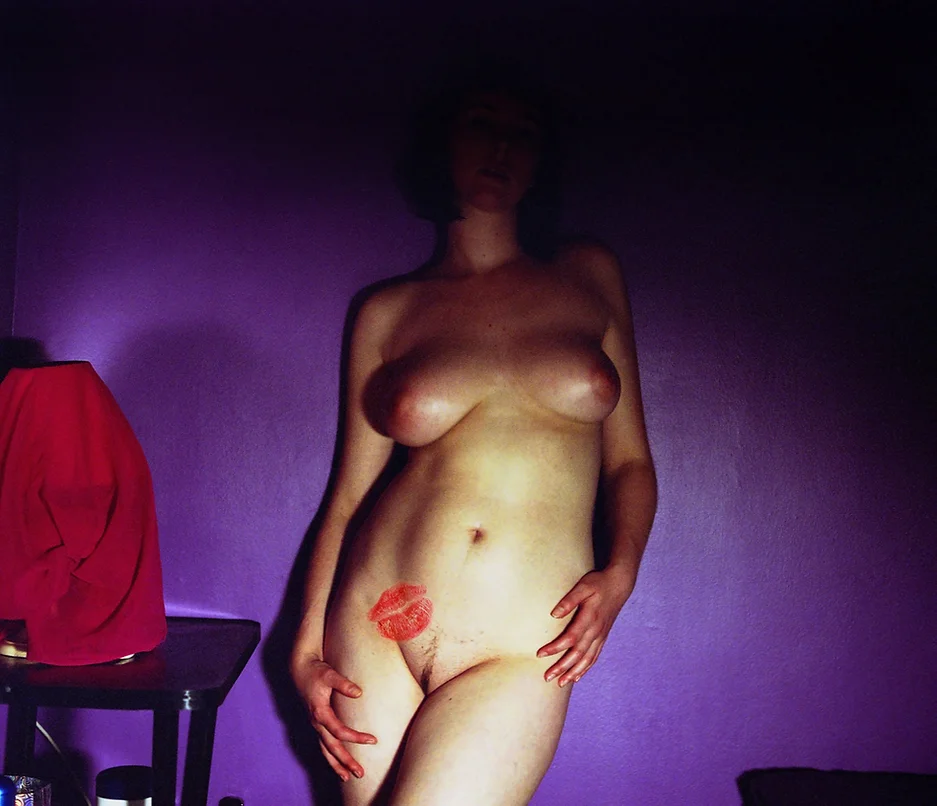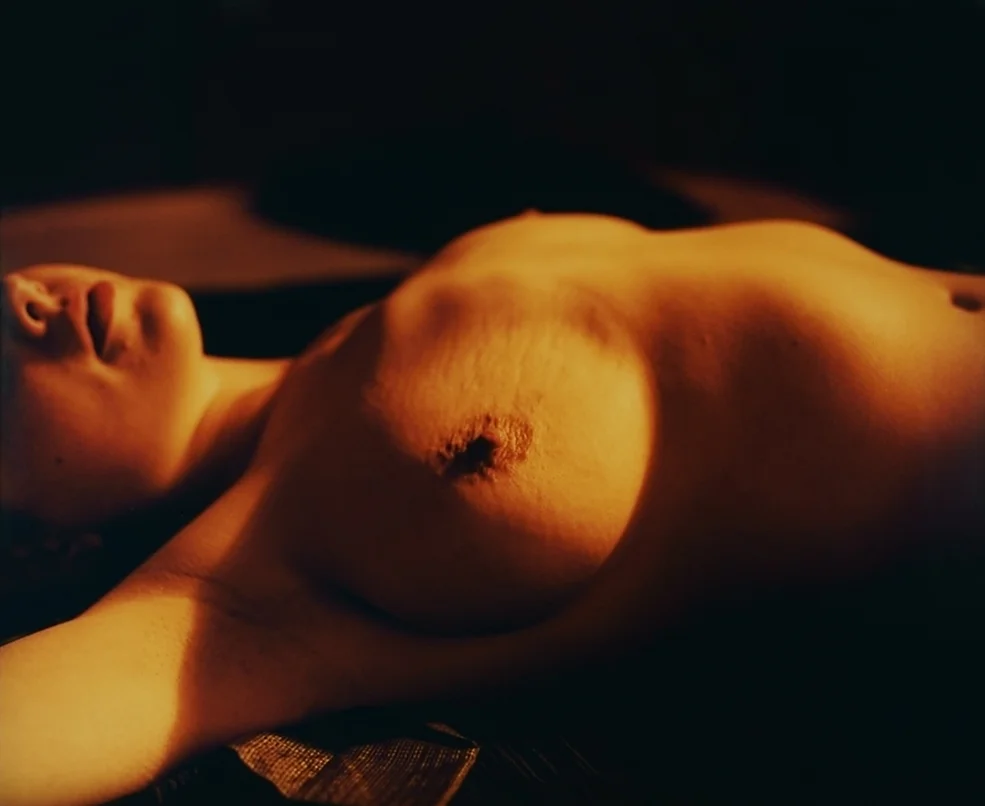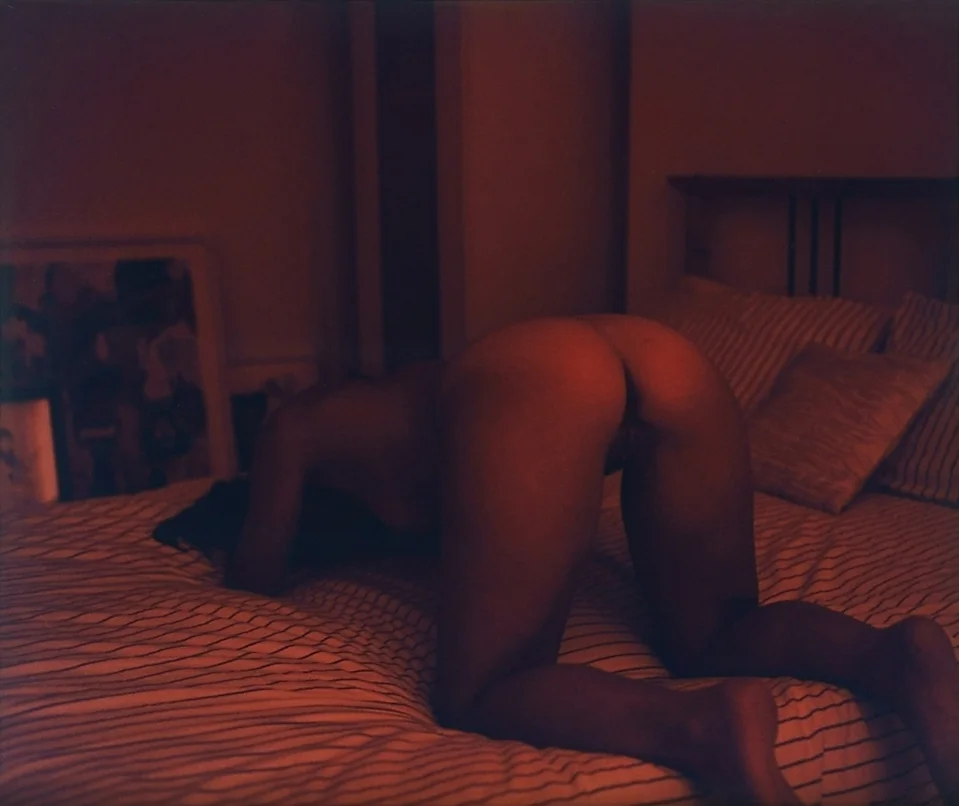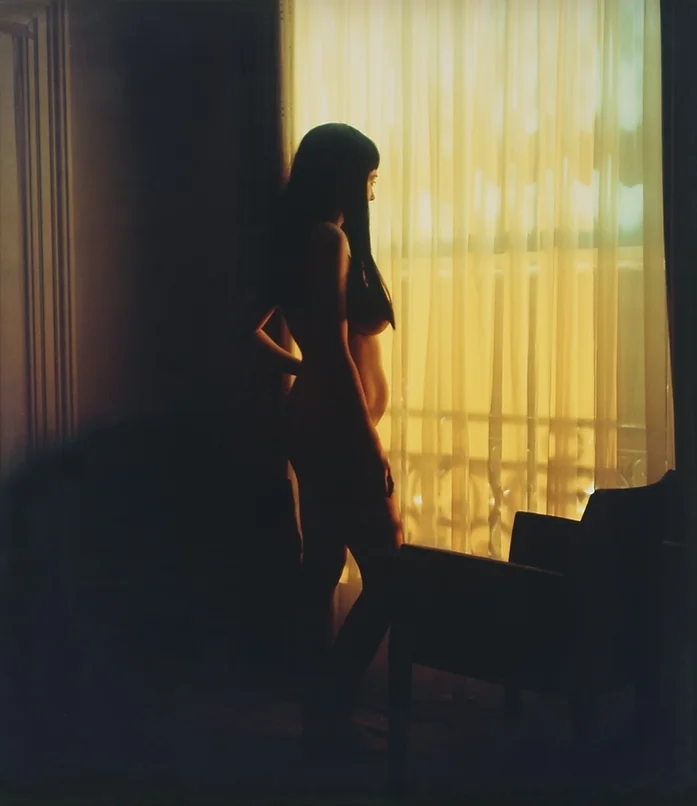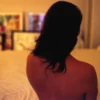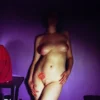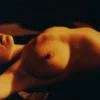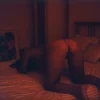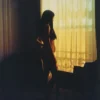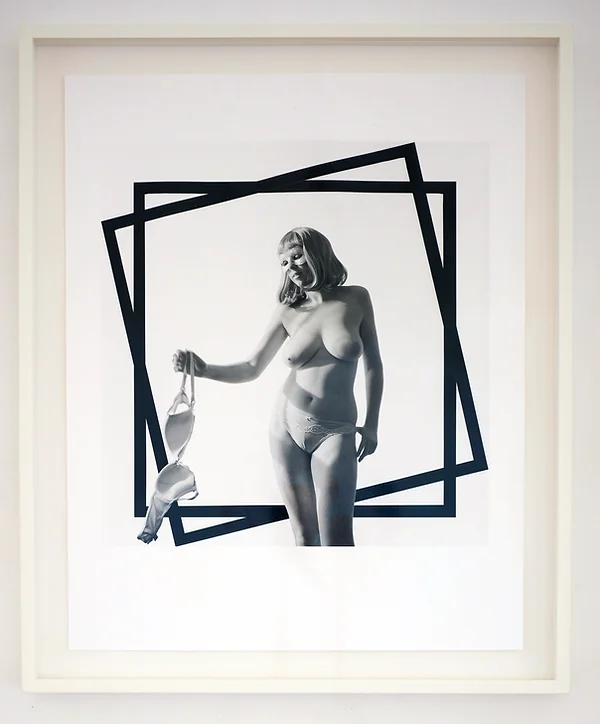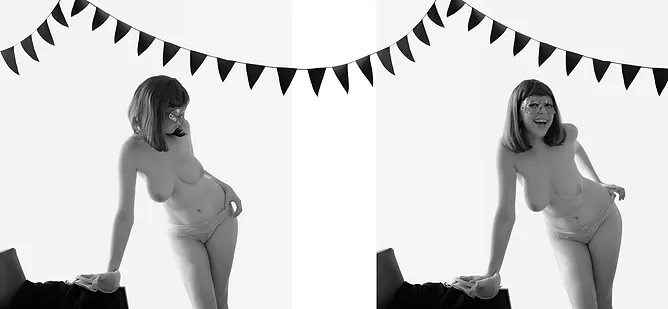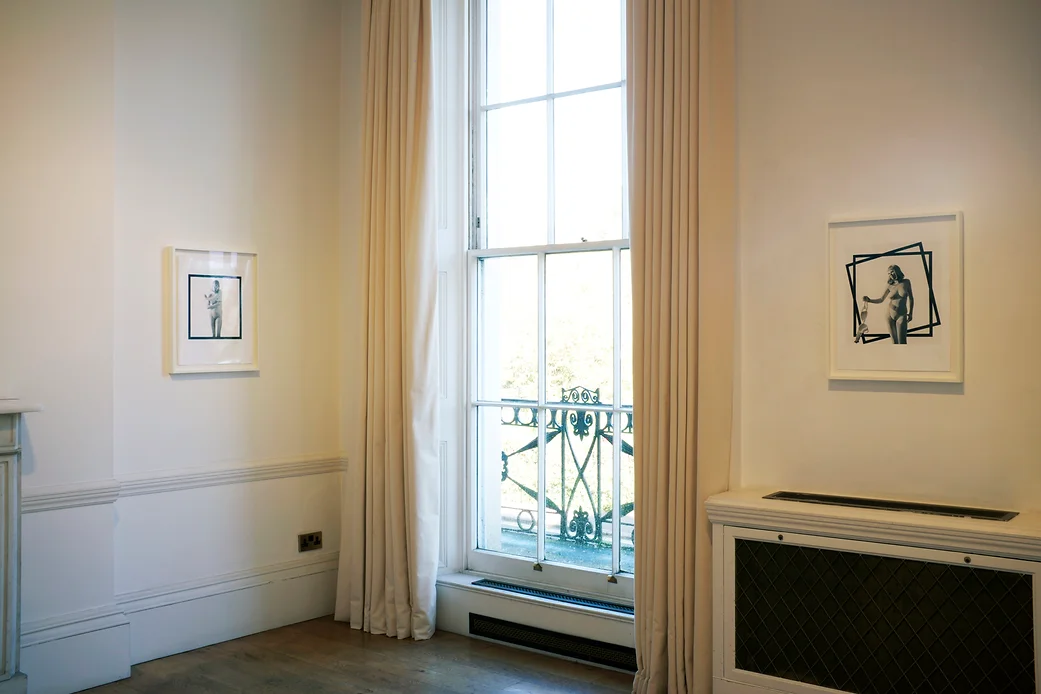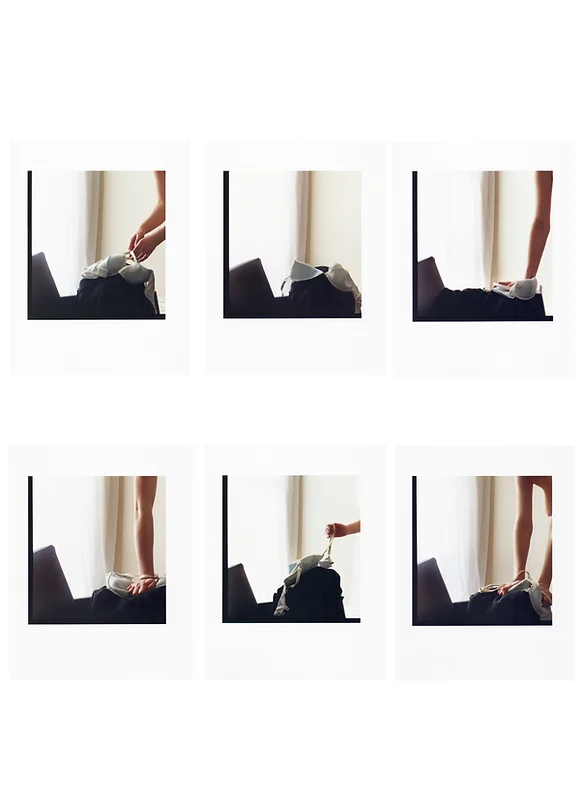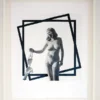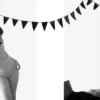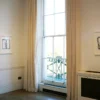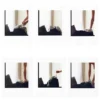The inspiration for the work came from a novel in which a woman, who is no longer young, says that she used to be popular but recently she feels being transparent to anyone’s eyes. Perhaps we recognize our own form only when we stand in front of a mirror or when we see ourselves in a photograph. Whenever I stand in front of a mirror, it is inevitable to see my reflection. The way I look back at myself in the mirror, though it must be myself, always feels somehow different. Through mirrors and photographs, I reaffirm (as an image) that I have a face, faces outward, physically occupies a certain space, and is present, as are the other people in the external world that I perceive. This sense of displacement is not only due to the reversal of the world cut out by the frame of the mirror.The image of myself occupying the inverted space is something that I have become accustomed to through acceptance and coming to terms with, even being tampered with because of external demand or my desire to be an ideal myself. It never has unity with my inner self, and I even sense a kind of perversion there. Unless we are blind, we perceive the outside world primarily by sight, but when it comes to our perception of ourselves, sight is of little use. And that misalignment doesn’t just end up as a mere matter quietly being left alone but instead, it triggers all sorts of things to start. This series is a sketch about the relationship and distance between me looking and me being looked at. It is also a reference to my own reflection in the mirror, and therefore the gender and age range of the mirror bearer and other social attributes were set with respect to myself.
PRAYER
2007
Video work
artist statement ; When making a prayer, there is a separation from the everyday; a throwing forward of the foundation of one’s existence and seeking its ideal. It is a state of suspension, between one’s present relationship to the world and its aspiration. It is a private act but at the same time, it is a selfless act, since the subject of the prayer extends beyond one’s own ego. And by making a prayer, the utterance of the word of prayer reflects back upon us so that the person who prays may also be the subject ‘prayed’. In this suspended state, where the active and the passive coexist, there is also another dimensional split. A prayer is prayed towards an ideal not yet realized, yet within the word of prayer itself, the ideal is in a sense already accomplished and realized by being performed (prayed). The inversion of the subject’s activity, to become passivity, and the intricate simultaneity of future and present may acutely emerge in the conscious act of prayer. However, these are also experienced as the very condition of our being, within the movement of desire, especially in the relationship with what is the Other to oneself.
I intend to illuminate the act of prayer as an extraction of a primary structure of our existence.
In Phantom, Shizuka Yokomizo places five photographs opposite five videos. In each video a person describes a chance paranormal
experience. All of this is inexplicit, and the viewer is left wondering who these people are, and whether their stories are true or not. The truth is that all of them are hired professional actors, and are seriously “acting” a role they have played before. This fictional character is sharing personal accounts of apparition experienced by the actor him/herself (not the fictional character). Nothing is certain in the series of video and photograph except the story of this “real” encounter with ghosts. In Phantom, Yokomizo’s another approach to portrait depiction, the carefully staged multi-layered setting brings an abstract contour of mankind to our perception.
Yokomizo has evoked a sense of paradox in her series all, 2008, which depicts female prostitutes in London. Shot with soft natural lighting, including the diffused sodium-yellow glow of a street lamp seen through bedroom curtains, the red forms of the women fading into and out of blackness convey a palpable sense of the naked body’s vulnerability. Although several of the images emphasize nudity rather than the expressions on their faces—one is shown on all fours, bent over and facing away from the viewer—they are not sexualized. The male viewer cannot help but be reminded of his gender and relationships of power. Yet the interjection of kisses, made with pale lipstick on the surface of some of the photographs (in one, it has been placed on a woman’s face, while in another it rests on her stomach), is an affectionate reassertion of the woman-to-woman relationship through which the artist has engaged with her subjects.
Impose/Retreat
2014
Diptych, Gelatin silver fiber print
Shizuka Yokomizo explored the phenomenon of the photographic image by looking at its different visual and non-visual spaces in its various stages of making. Her work to date has put emphasis on the conditions of producing the photograph, often effectively raising the material and temporal status of this alongside that of the image itself. In her new work titled Impose / Retreat, that was shown here, she takes instead the residual material of a previous project, engaging with it as a material in limbo, disconnected but not disavowed from its original conditions. The images derive from the out-takes of one of several shoots in 2008/9 when Yokomizo was involved in meeting various women in hotel rooms and photographing them in their trade as sex workers. Although an original intention and contractual aspect are still embedded in these images, they have in a sense slipped out of vigilance and are both prone to manipulation as well as having a life of their own, somewhat liberated by a minor and abstracted status. A close view of the image material revealed a toughness and vulnerability, an anonymity and personality that was vital in constructing its new visibility. The works can be seen as moments of question and pause to prompt identification, reception or consumption and a glimpse of the autonomous spaces that images inhabit
